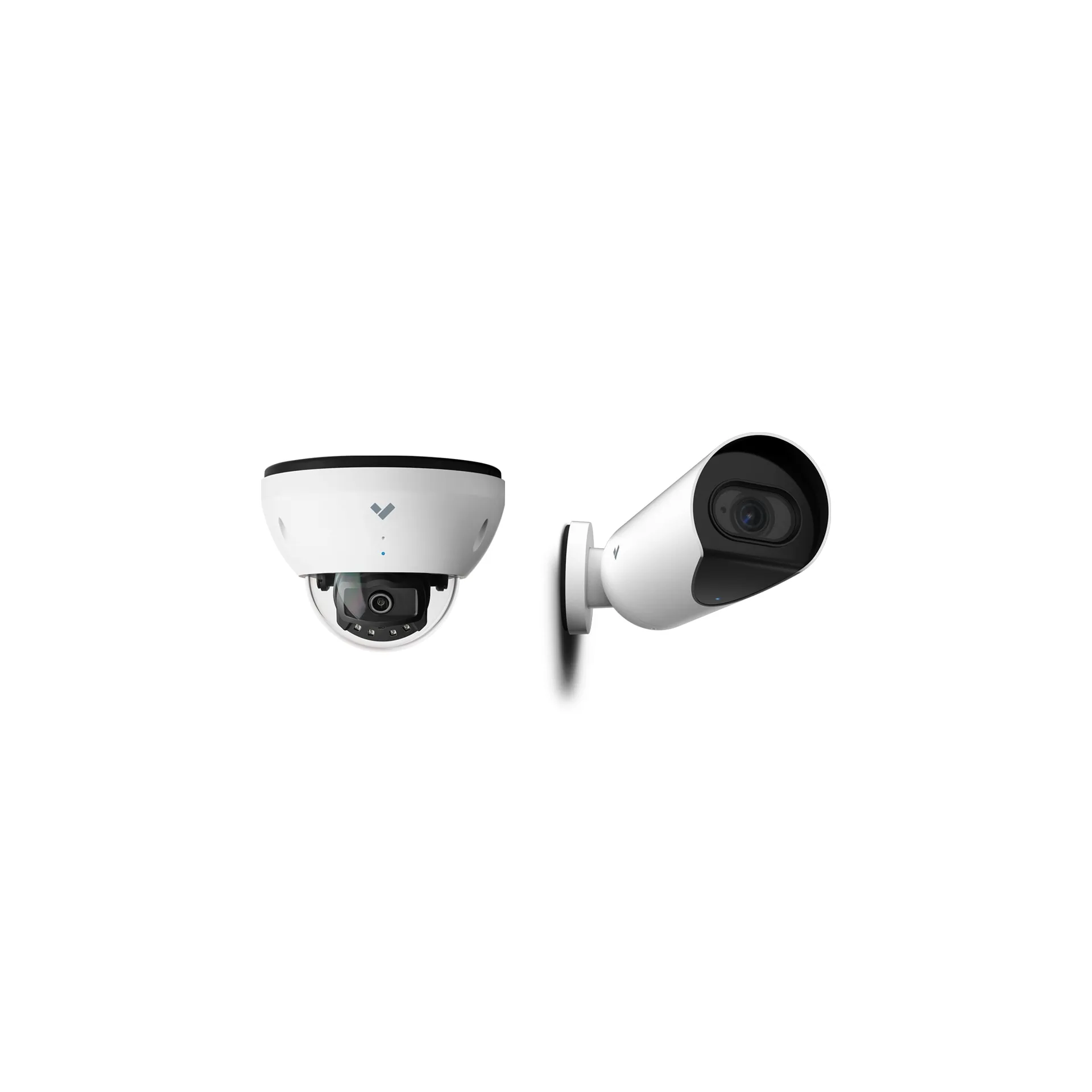Your cart is empty.

How Does a Vape Detector Work?

How Vape Detectors Work: A Comprehensive Guide
How does a vape detector work? Vape detectors are devices that can detect the presence of vaping in an area. They are used in schools, businesses, and other places where vaping is prohibited. Vape detectors work by detecting the presence of specific chemicals that are released when vaping occurs. These chemicals include nicotine, propylene glycol, and vegetable glycerin.
There are two main types of vape detectors: particulate detectors and sensor detectors. Particulate detectors use a sensor to detect the presence of small particles that are released when vaping occurs. Sensor detectors use a sensor to detect the presence of specific chemicals that are released when vaping occurs.
Vape detectors are a valuable tool for schools and businesses that want to prevent vaping. Read on to learn more about vape detectors!
How Does a Vape Detector Work? The Breakdown.

Many businesses looking to invest in a vape detector may wonder, “how does a vape detector work”. Vape detectors use a variety of sensors to detect vaping. Some of the most common sensors include:
- Particulate sensors: These sensors detect the presence of small particles that are released when vaping occurs. The particles are typically made up of nicotine, propylene glycol, and vegetable glycerin.
- Gas sensors: These sensors detect the presence of specific gases that are released when vaping occurs. The gases typically include nicotine, propylene glycol, and vegetable glycerin.
- Combination sensors: These sensors combine particulate sensors and gas sensors to provide a more accurate detection of vaping.
The sensors in vape detectors work by measuring the concentration of specific chemicals in the air. When the concentration of these chemicals reaches a certain level, the detector will alert the user that vaping is occurring.
The accuracy of vape detectors depends on a number of factors, including the type of sensor, the location of the detector, and the airflow in the area. However, most vape detectors are able to detect vaping with a high degree of accuracy.
Challenges of Detecting Vape Without Vape Detectors

Vape detectors are a valuable tool for schools, businesses, and other organizations that want to keep their premises vape-free. However, if you don’t have a vape detector, it can be difficult to detect vaping. Here are some of the challenges of detecting vape without a vape detector:
- Vape particles are very small. Vape particles are much smaller than cigarette smoke particles, which makes them difficult to see and smell.
- Vape emissions can vary. The emissions from different vape devices can vary in composition and concentration, which can make it difficult to detect vaping.
- Vape can be concealed. Vapers can try to conceal their vaping by doing it in private areas, such as bathrooms or closets.
Given these challenges, it is evident that many industries would benefit from investing in vape detectors for their security system.
Industries that Benefit from Vape Detectors

Now that we’ve established the answer to, “how does a vape detector work”, we can turn to the different industries that may benefit from vape detectors. Consider the following:
- Schools: Vape detectors can help schools create a safe and healthy environment for students. They can also help to prevent students from vaping in the bathroom or other areas where it is prohibited.
- Businesses: These sensors help businesses protect their employees and customers from the dangers of secondhand vaping. Furthermore, they help prevent employees from vaping on the job, which can lead to decreased productivity and increased health risks.
- Healthcare facilities: With vape detectors, healthcare facilities can ensure a safe and healthy environment for patients and staff. Additionally, these detectors prevent patients from vaping in the hospital, which can lead to complications with their treatment.
- Government buildings: Vape detectors can also create a safe and secure environment in government buildings.
Why Choose Verkada for Vape Detectors?
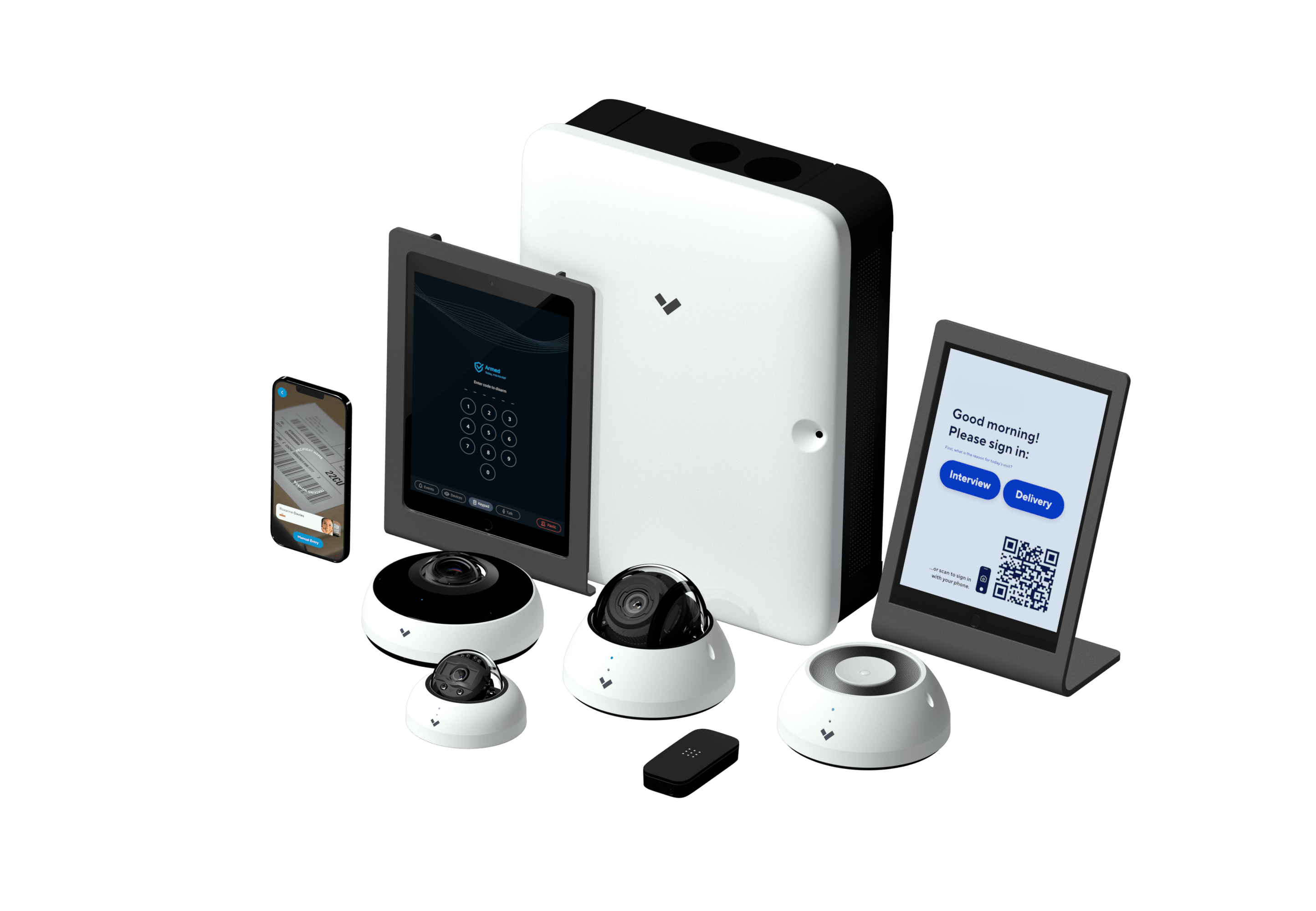
Verkada’s security systems stand out from traditional surveillance systems because they are designed to be user-friendly, scalable, and flexible all while providing enterprise-grade security.
User-Friendly
- Solid-state Storage (SSD): No NVR, DVR, or server needed!
- Simple Plug-and-Play Install: Only a Ethernet cable is required for cables to be brought online and fully operational within minutes
- Regular, Automatic Software Updates: Reduces extra overhead operations
- Time lapse: No need to waste time on scrubbing through footage!
- Floor Plan: Gain a comprehensive understanding of what is occurring throughout your facility
- Remote Access 24/7: From anywhere with an Internet connection, at any time, with any device
Limitlessly Smart
- AI-Based Video Analytics: Face detection, license plate detection, and more!
- Smart Filters
- Live Alerts: Receive alerts in meaningful incidents.
- Shareable Live Feeds: Share via SMS to first responders and others.
- 10-Year Warranty
Scalable
- Unlimited Storage on Camera and Cloud: Unlimited archiving with Verkada’s cameras
- Unlimited Users Allowed: Easily authorize admins access to any number of users
- Infinitely Scalable
The SV20 Air Quality Series
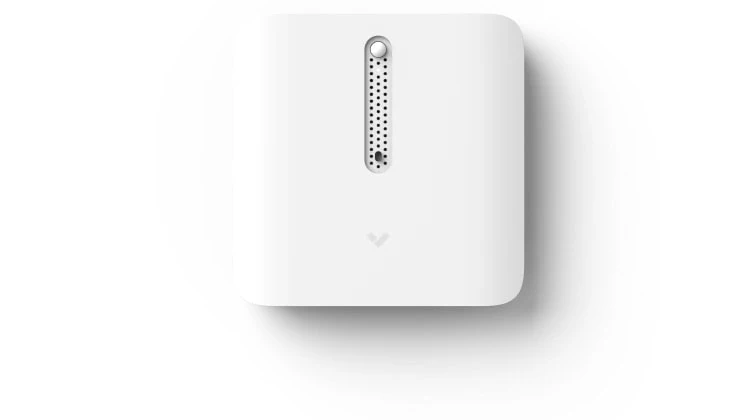
The SV20 Series by Verkada offers businesses and organizations a range of air quality monitoring solutions. With three models to choose from, the SV21, SV23, and SV25, businesses can select the ideal solution for their air quality needs. The SV21 is perfect for meeting rooms, classrooms, and server rooms, while the SV23 is best suited for offices and for detecting vape usage. The SV25 is designed for health monitoring, specialty monitoring, and green buildings.
Moreover, the SV21 is a powerful sensor accurately measures temperature, relative humidity, and carbon dioxide. For even more comprehensive monitoring, the SV23 adds AQI, TVOC, motion, vaping/smoking, noise, and PM 2.4. Finally, the SV25 includes the measures of the SV21 and SV23 plus light, formaldehyde, carbon monoxide, and barometric pressure readings.
With the SV20 Series Air Quality Sensors, organizations can monitor and manage indoor environmental conditions with ease.
* Only the SV23 and SV25 Air Quality Sensors detect vape. Unless you need speciality and health monitoring, we suggest the SV23 for vape monitoring.
Conclusion: How Does a Vape Detector Work?
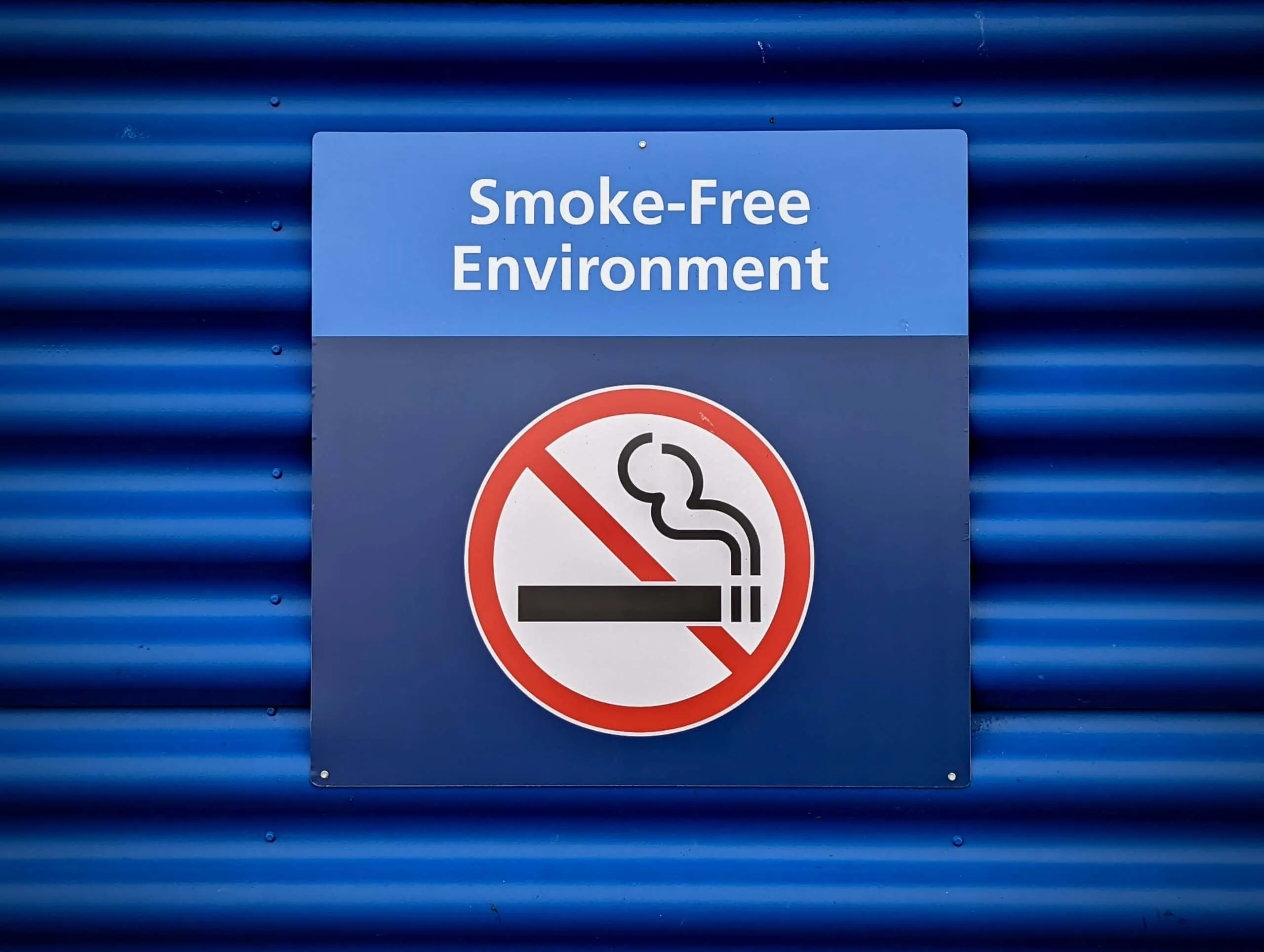
Vape detectors are a valuable tool for schools, businesses, and other organizations that want to keep their premises vape-free. They work by detecting the presence of specific chemicals that are released when vaping occurs.
How does a vape detector work? There are two main types of vape detectors: particulate detectors and sensor detectors. Particulate detectors use a sensor to detect the presence of small particles that are released when vaping occurs. Sensor detectors use a sensor to detect the presence of specific chemicals that are released when vaping occurs.
If you are looking for a way to keep your premises vape-free, a vape detector is a great option. Rely on Monarch for top-tier vape detectors that can help ensure a safe and healthy environment for your business.
Updated: Jun 26
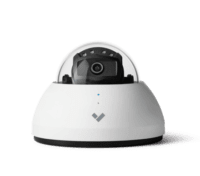
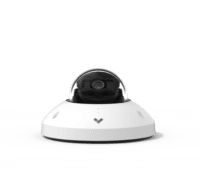
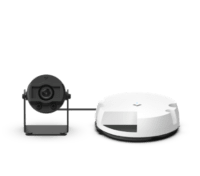

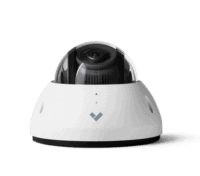
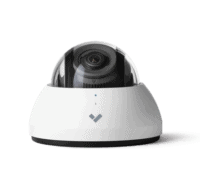
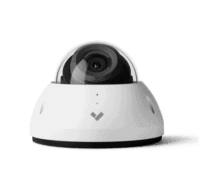
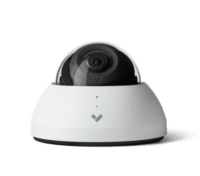
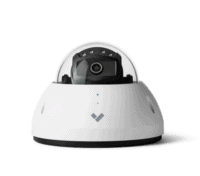

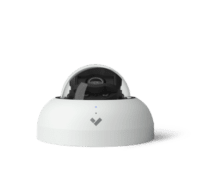
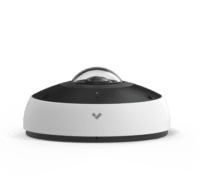
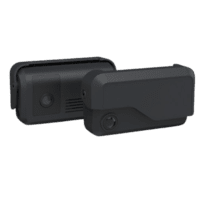
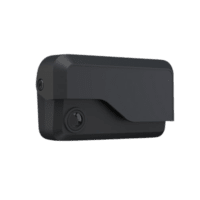
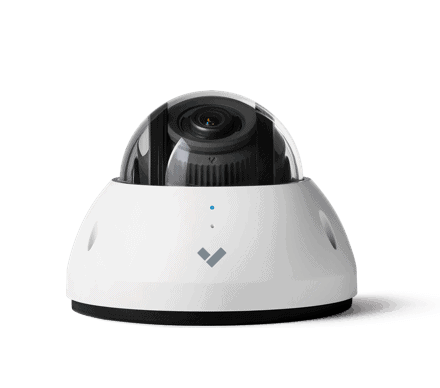 Jon Jones
Jon Jones
 Courtney Durler
Courtney Durler